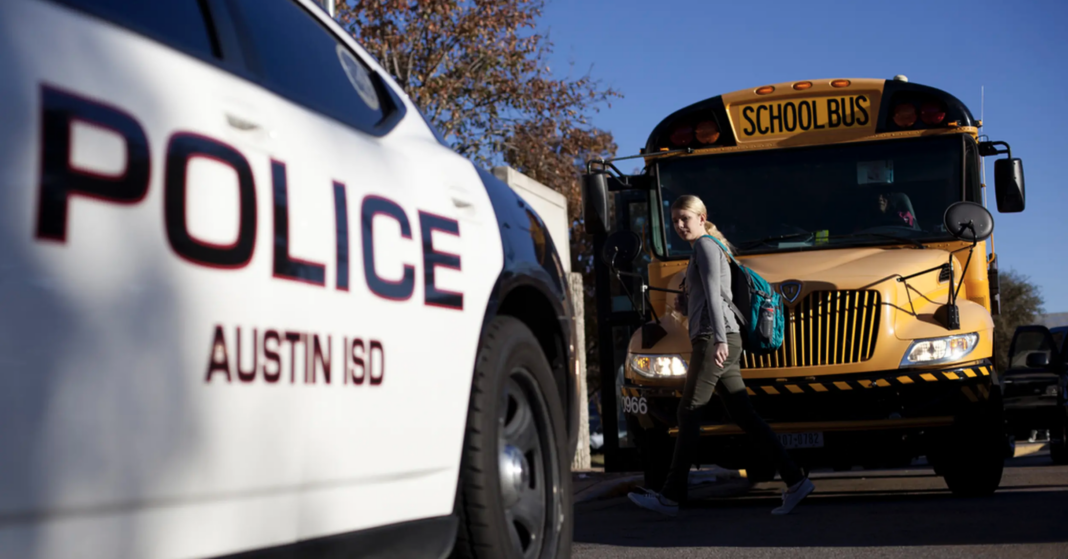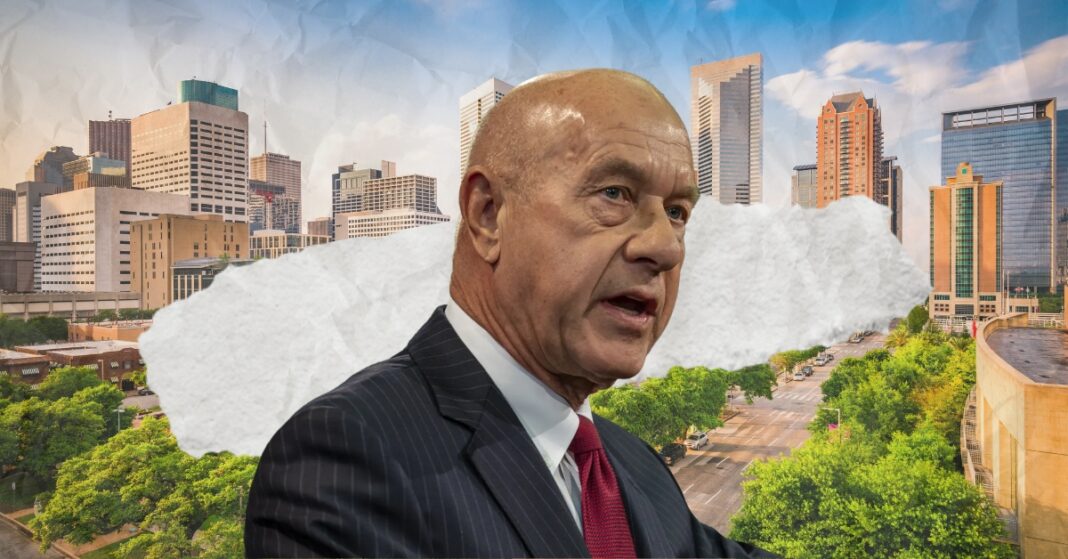Public school administrators were well aware that the Texas House’s vote to block a school voucher program last month would likely mean getting no new money for teacher raises and inflation adjustments this year. Gov. Greg Abbott had long threatened to veto any education funding bill without a voucher component.
But they were surprised and disappointed that proposals that would have provided them with additional funds for school safety — a stated priority for many lawmakers in the aftermath of the Uvalde school shooting — also fell apart.
The fourth special legislative session this year ended without a vote on separate House and Senate bills that would have boosted school safety funding — both of which came after school districts statewide complained they didn’t have enough money to fulfill new safety requirements passed earlier this year.
Now, with many districts already operating in deficit budgets, superintendents across the state say they will be forced to make significant budget cuts to meet the new safety mandates.
“Whether we’re rural, large, small, urban, suburban, when we superintendents get together and chat… all of us are like, ‘Where are we going to get the dollars? What are you cutting?’” Dallas Independent School District Superintendent Stephanie Elizalde said. She added that her district might have to nix extracurriculars, field trips and transportation for students in magnet schools — along with laying off teachers and increasing student class sizes.
House Bill 3 — which the Texas Legislature approved in May in response to the Uvalde shooting — requires districts to post an armed security guard at every school and provide mental health training to certain employees. To fund these measures, the law gave school districts $15,000 per campus and $10 per student, along with allotting $1.1 billion to the Texas Education Agency to administer grants that schools can apply for. In 2022, lawmakers also approved $400 million to help school districts pay for safety upgrades.
Last month, the House drafted a bill that would have boosted that funding by $1.3 billion. The Senate crafted its own $800 million school safety bill, which would have also increased the funding schools receive for safety upgrades and given the TEA $400 million more for its school safety grants. Both bills failed to advance for a vote in the opposite chamber.
Elizalde said Dallas ISD went into a $186 million deficit this year to keep up with costs, including the implementation of the new security measures ordered by HB 3. The district has recently acquired a grant of more than $20 million from the TEA, she said, but the one-time grant won’t ensure Dallas public schools can keep up with security mandates in the long term.
With more than 220 campuses, the district needs approximately $3 million annually to post trained security guards at every school, Elizalde said. It’s not that school board members and leaders don’t want to meet these new expectations, she added — they just don’t have the funds to do so.
“That has become our biggest obstacle — how do you, time and time again, continue to make cuts to make sure that we have the safest schools possible?” Elizalde said.
Issues hiring security personnel
Elizalde said Dallas ISD has opted to hire trained security guards instead of licensed police officers, both because of a law enforcement officer shortage and because security guards typically cost less.
But even the cost of security guards is barely covered by HB 3’s funding, Temple ISD Superintendent Bobby Ott said. Hiring security guards across his 15-school district can cost up to $900,000, which would be on top of the $1.8 million Temple ISD needs to pay for all the required infrastructure updates, Ott said. The district only got $200,000 through HB3, and the state only awarded it $400,000 through the new grant program.
“I’ve always said that House Bill 3 has really just passed on debt to school districts,” he said.
The district can mitigate security guard costs by choosing the “guardian program” option in HB 3, Ott said. The program trains teachers to carry handguns in case of emergencies.
But critics have long opposed this approach, saying it introduces yet more guns into schools. Ott said his district doesn’t support a guardian program because police officers are ultimately trained to eliminate risks — and if an officer is called to one of his schools during an emergency, they might accidentally target a teacher who is carrying a gun.
Ott said it’s a “sad state of affairs” how lawmakers have approached school safety, especially given Texas’ record budget surplus this year.
“I agree with the safety requirements. They’re all fantastic, and they’re what schools need,” Ott said. “What I don’t agree with is sitting on the largest surplus that we’ve had in our economy [in Texas] and not providing funding to public schools.”
Hurdles with grant-based funding
Craig Bessent, assistant superintendent of school operations for Wylie ISD, said his district has posted former law enforcement officers on its campuses since 2013 by paying them out of Wylie ISD’s general salary budget. This isn’t a feasible option for most underfunded school districts, he said.
Both the House and Senate’s failed school safety bills would have introduced additional grant money to help schools cover those expenses. But educators said a grant-based funding program poses extra logistical hurdles for schools and isn’t helpful in the long term. Bessent, who is also a Texas School Safety Center board member appointed by Abbott, said grants work well for one-time expenses, such as building fences or securing doors.
“Once you hire someone, you’re trying to keep them on, just like teachers,” he said. “If you told a law enforcement officer, ‘I’m going to hire you, but you’re only going to for sure be here one year [with this grant]’… that’s not very good job security.”
Navigating a grant application process is also tough for smaller, rural schools, said Michelle Carroll Smith, superintendent of Lytle ISD. Her rural district was able to submit an application since it has a temporary, grant-funded staff member to write funding applications, she said. But not all small districts have someone on staff to spearhead these processes.
“It comes with a lot of red tape,” Smith said. “Something as serious and important as safety and security should not be dependent on grants.”
Like many educators statewide, Smith said seeing another legislative session end without additional school funding has left her frustrated and discouraged. Her district did not enter into a deficit budget this year but might have to if the Texas Legislature waits until the 2025 session to reconsider extra funding, she said.
“To pass bills and have mandates in them without adequate funding is irresponsible at best and political gamesmanship at worst,” she said of HB 3.
Hearne ISD Superintendent Adrain Johnson said his rural district hired two full-time police officers for each of its campuses this year and purchased some security equipment like metal detectors. But the district is in a deficit budget and still needs an additional $500 million to meet the remaining safety requirements, he said.
Johnson said he particularly hopes to see more funding for mental health support in schools. Adding more security infrastructure and running regular active shooter drills can take a mental toll on students and staff, he said.
“When I visit the Capitol, I’m always pleased to see the strong security that exists there to protect democracy, to protect our legislators, to protect visitors, to protect us all,” Johnson added. “We want to see that same approach to our schools… because our education is part of our democracy, and it needs to be protected.”
The Texas Tribune is a member-supported, nonpartisan newsroom informing and engaging Texans on state politics and policy. Learn more at texastribune.org.
This story originally appeared on the Texas Tribune. To read this article in its original format, click here.








